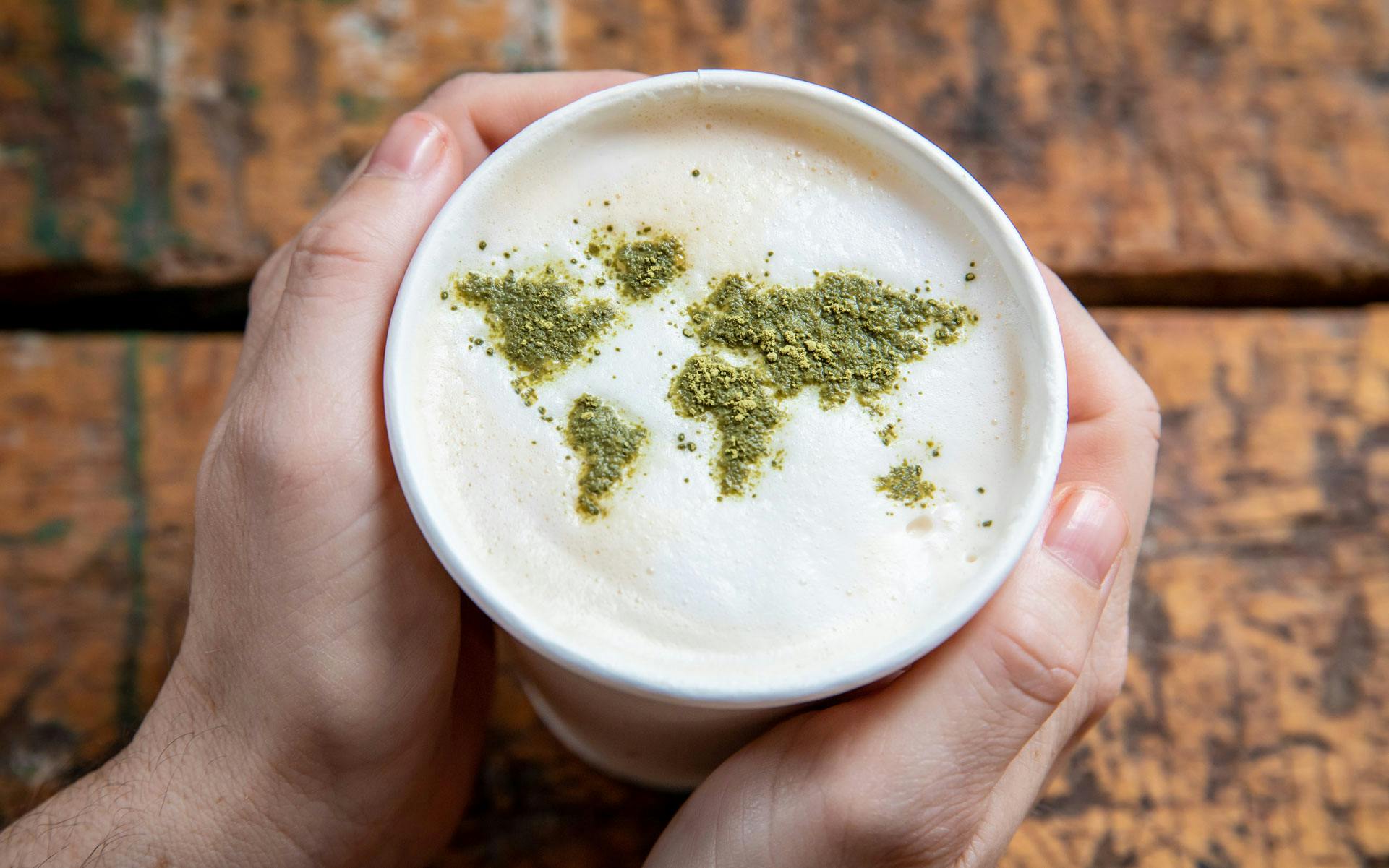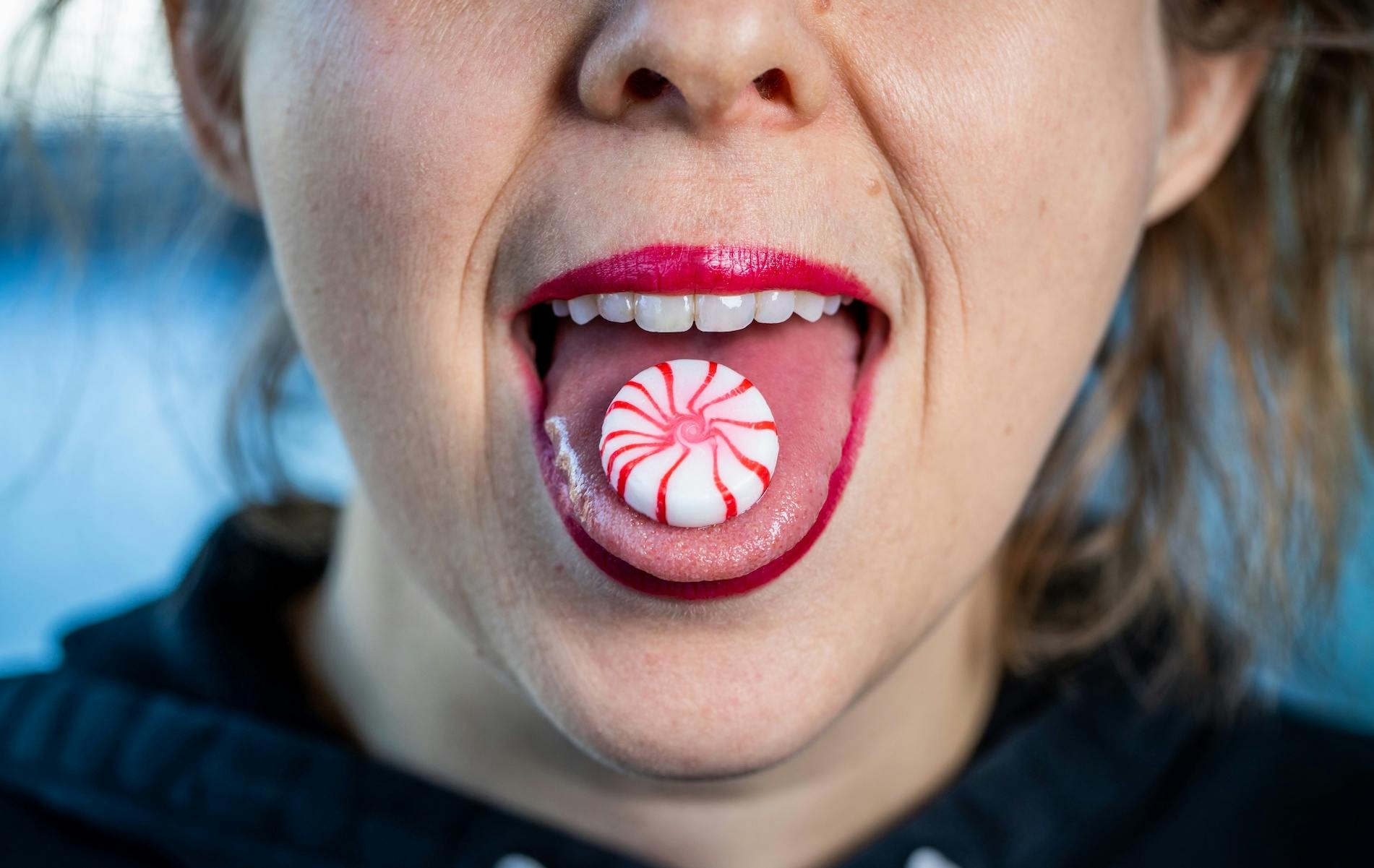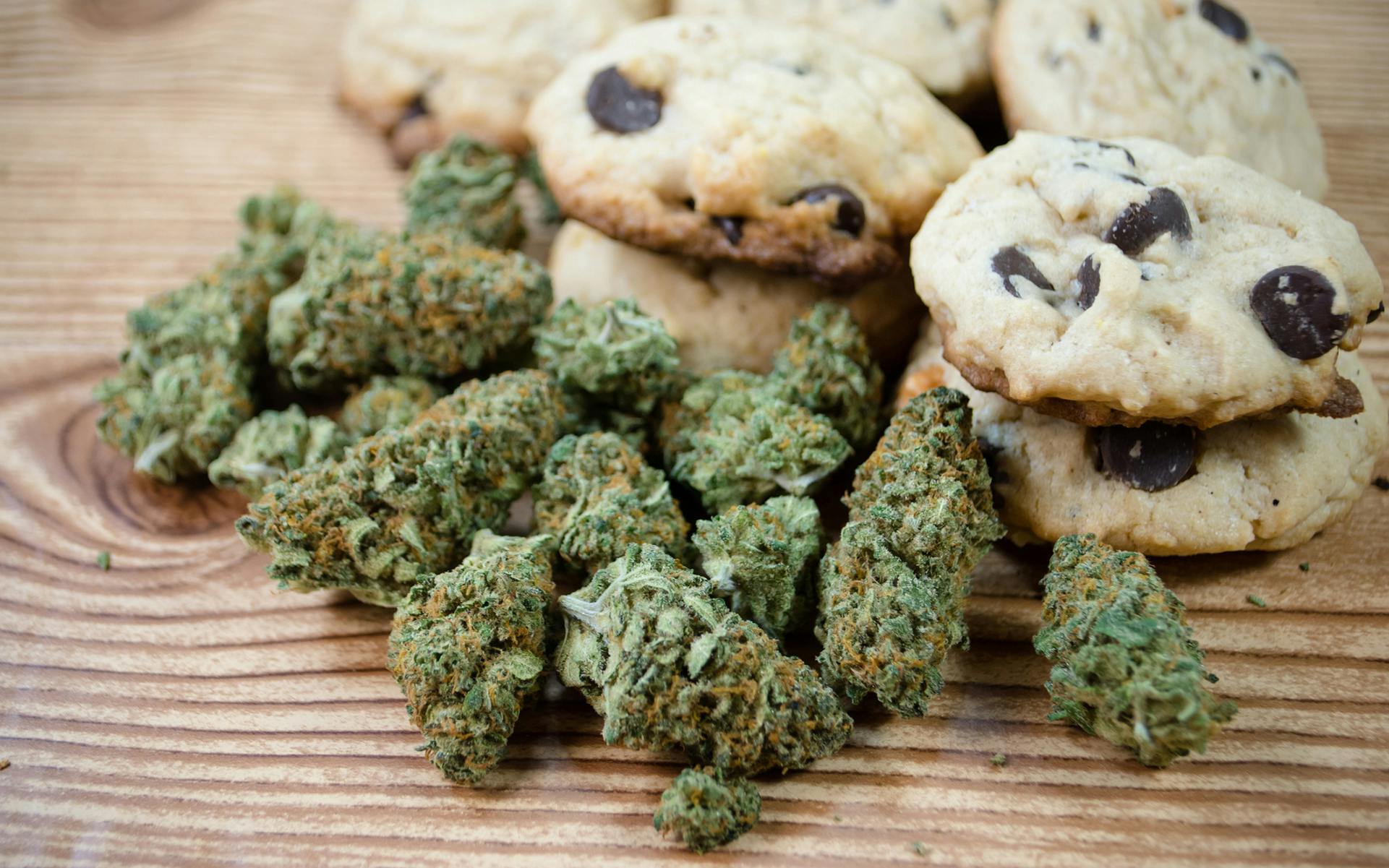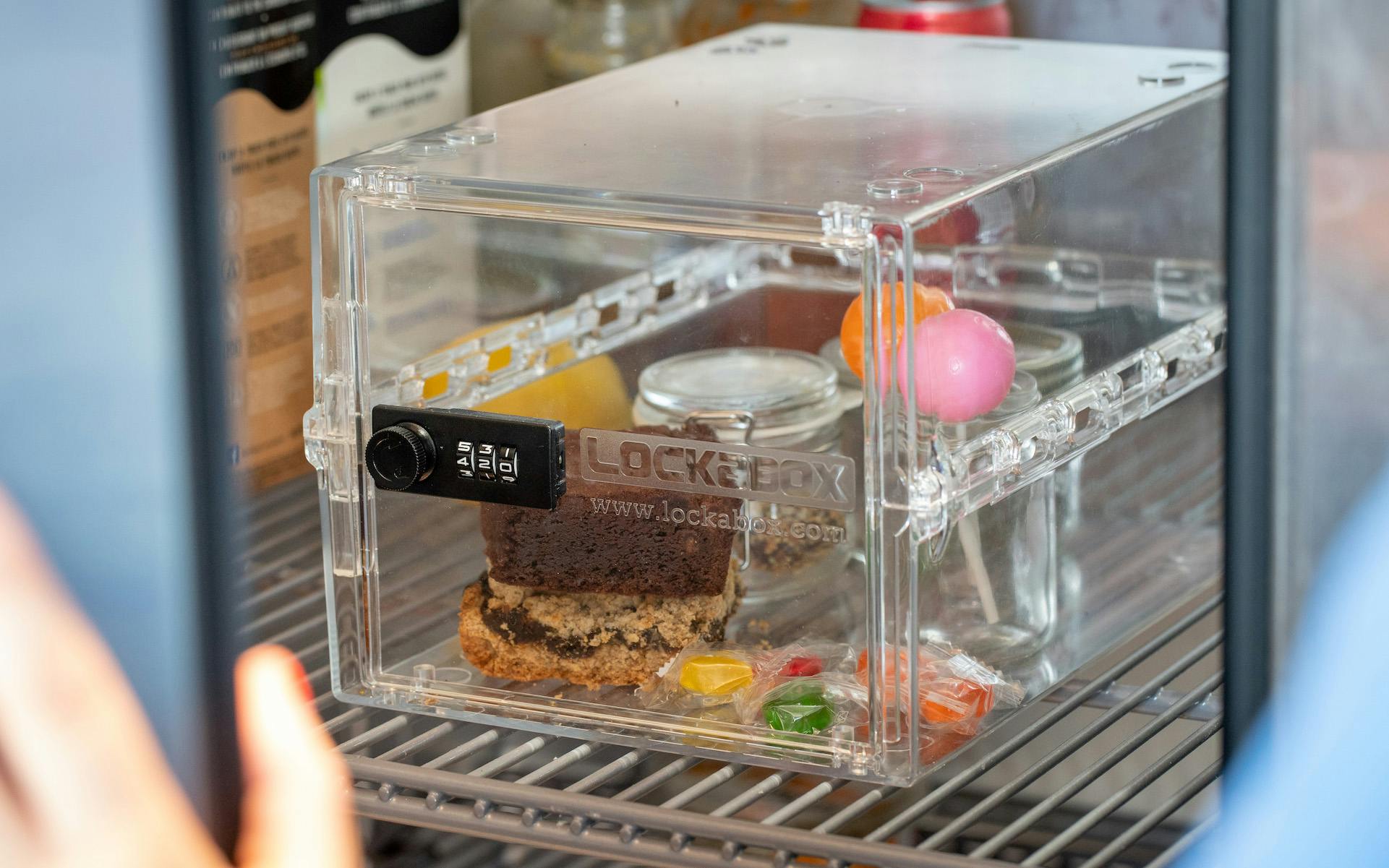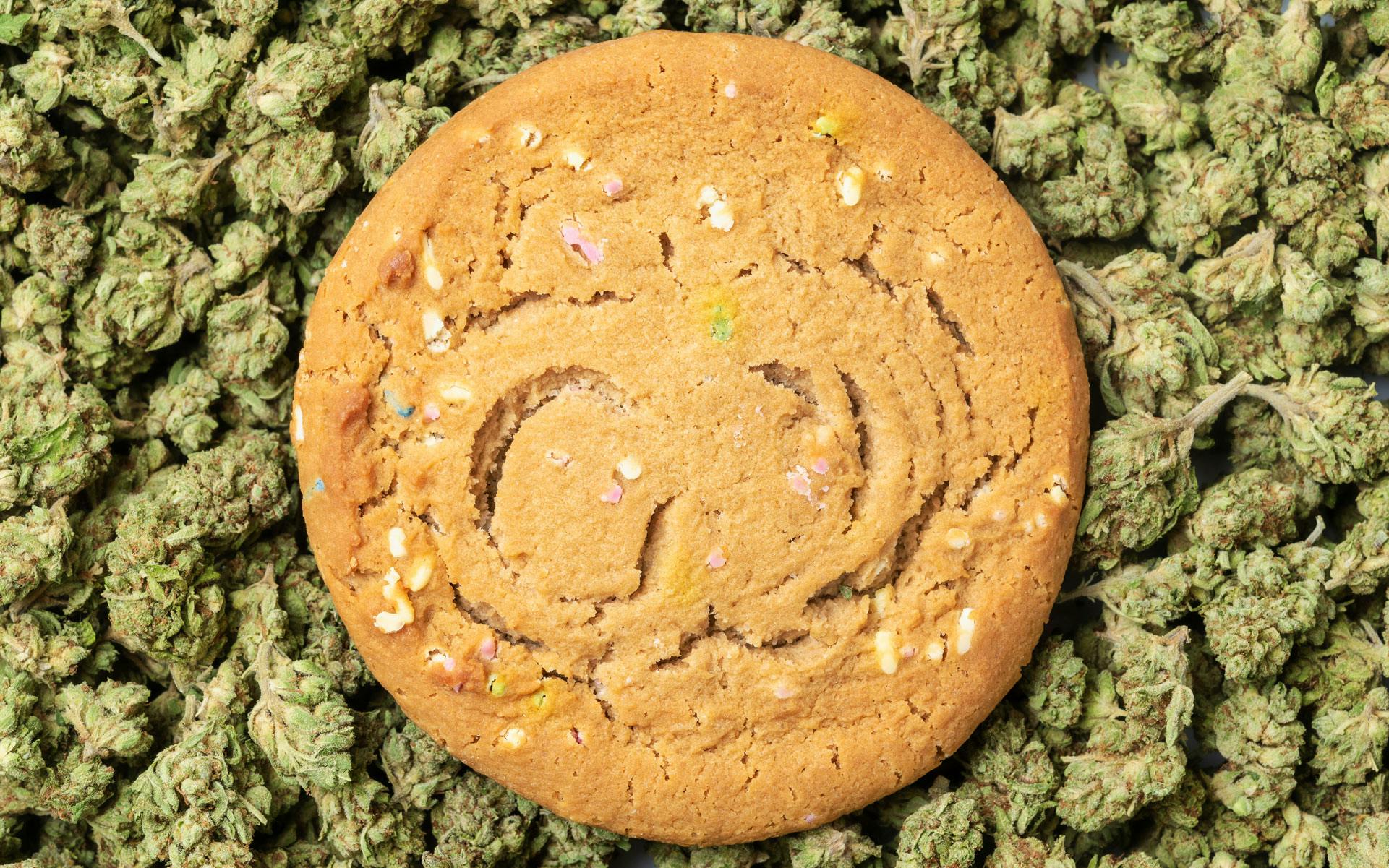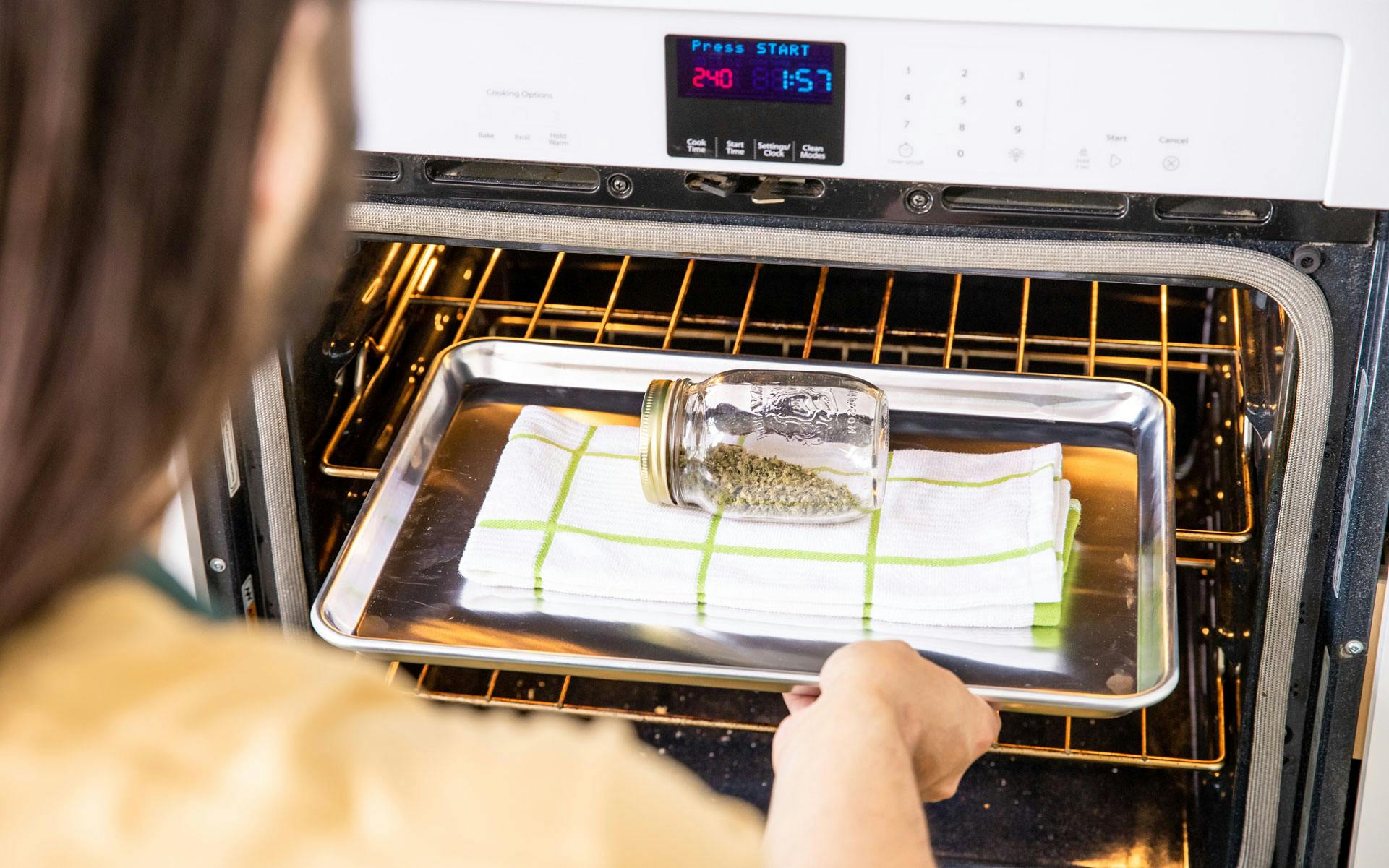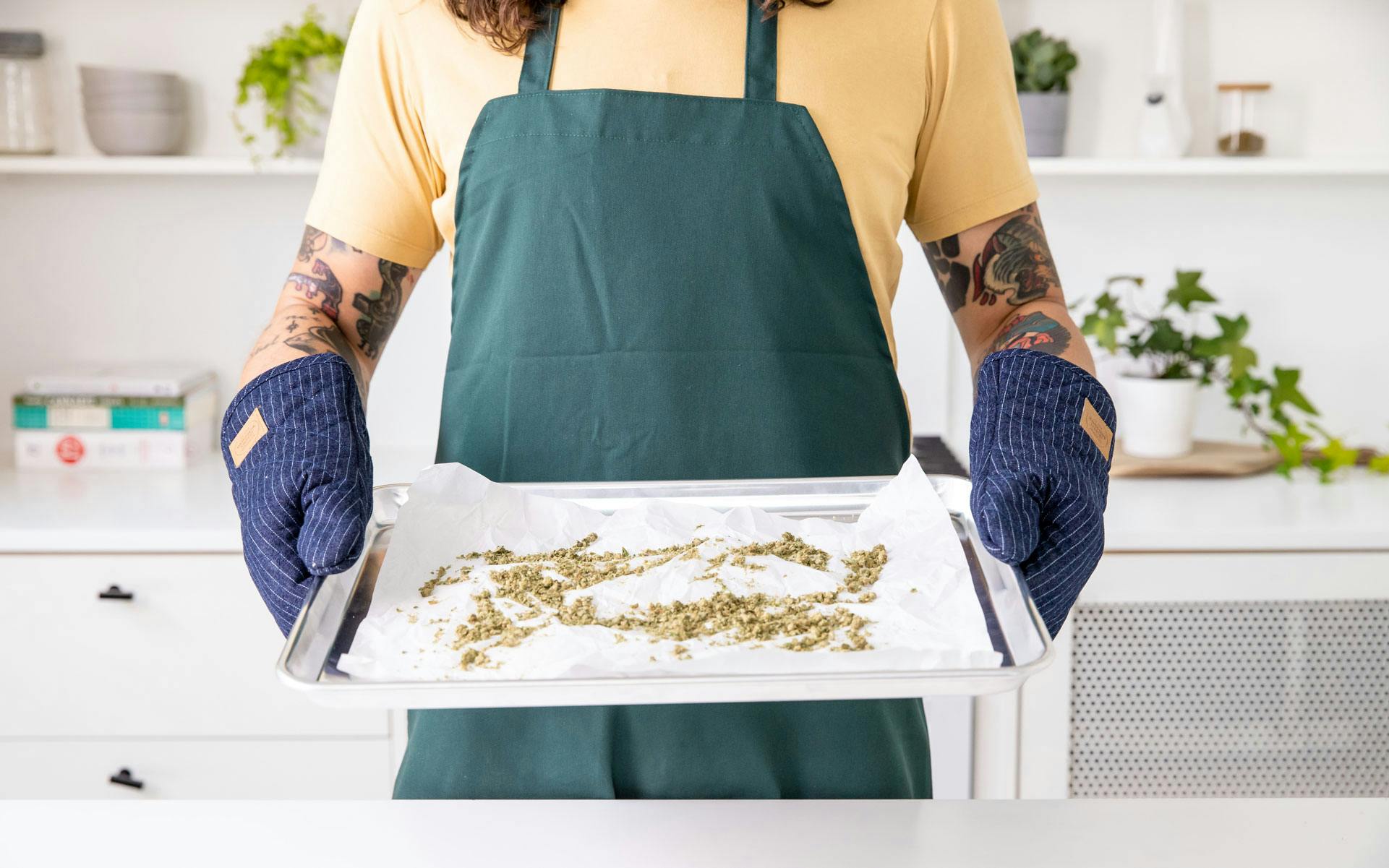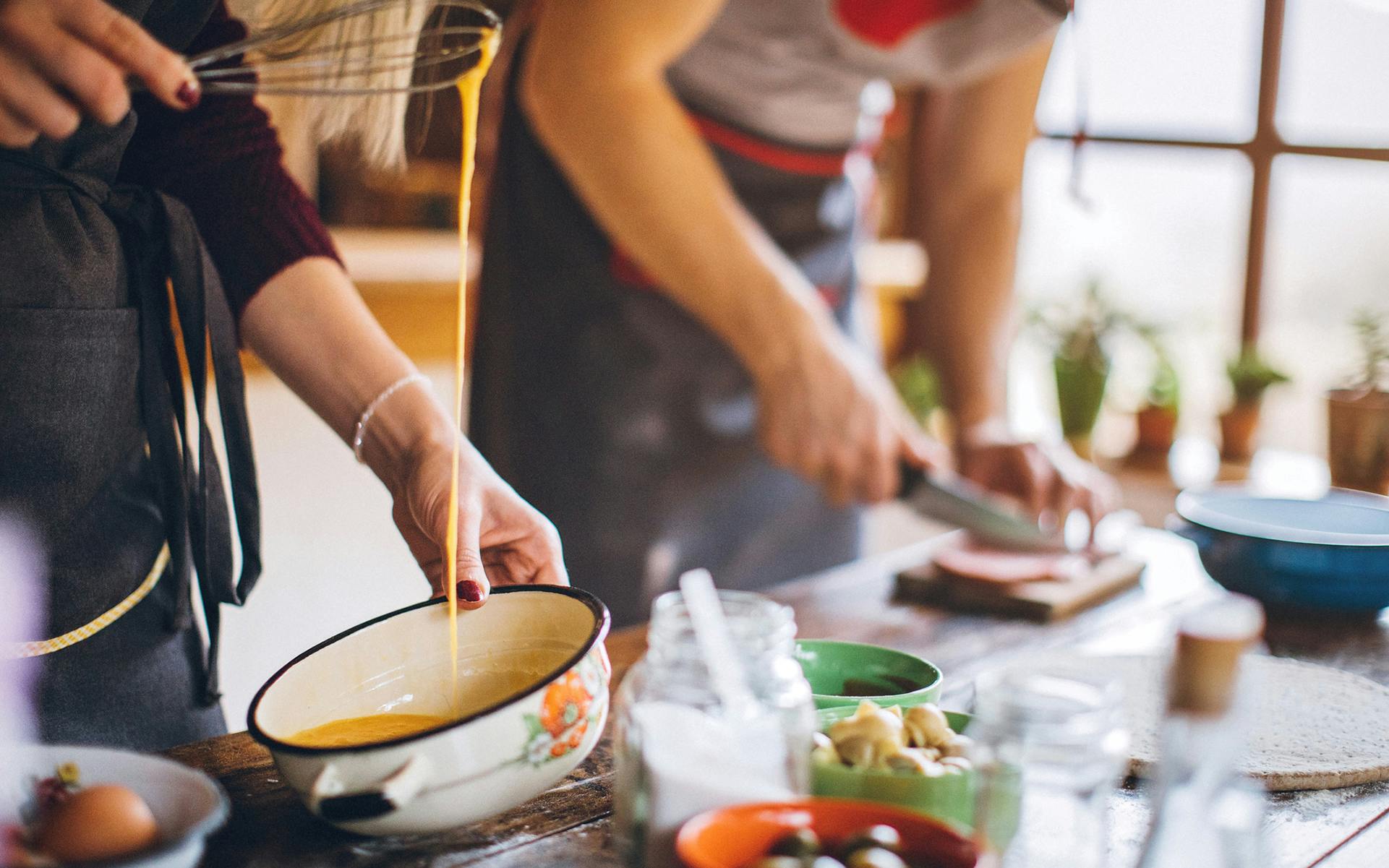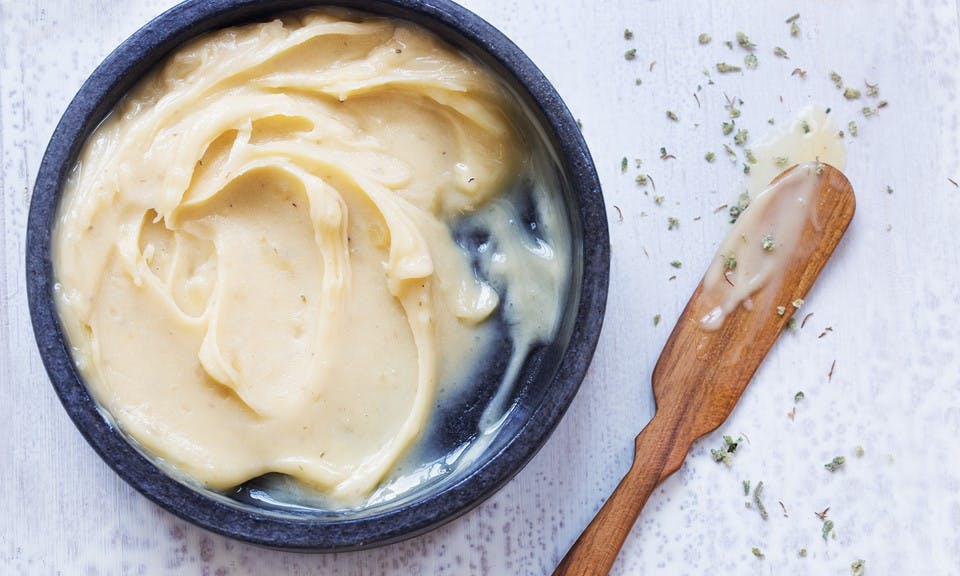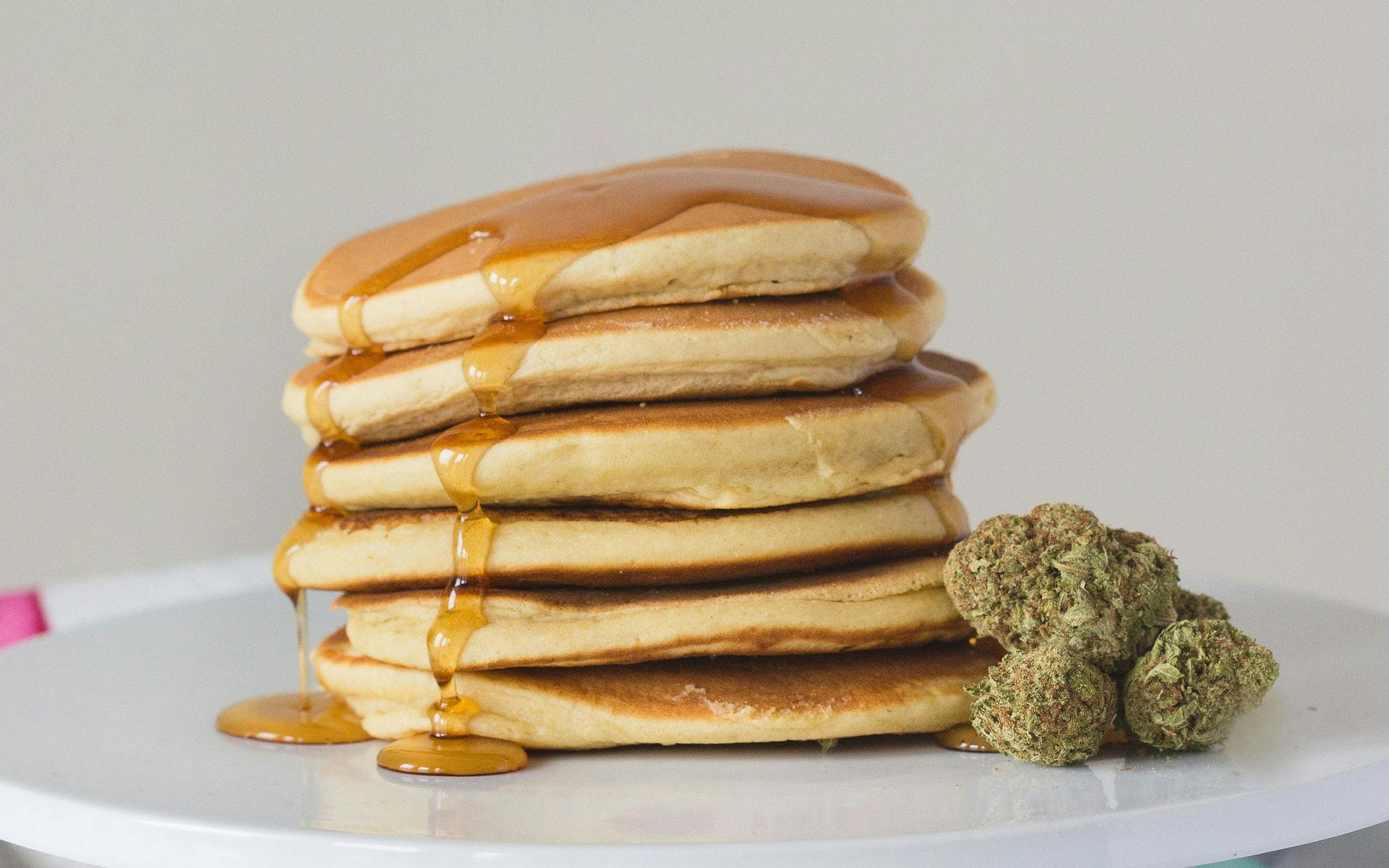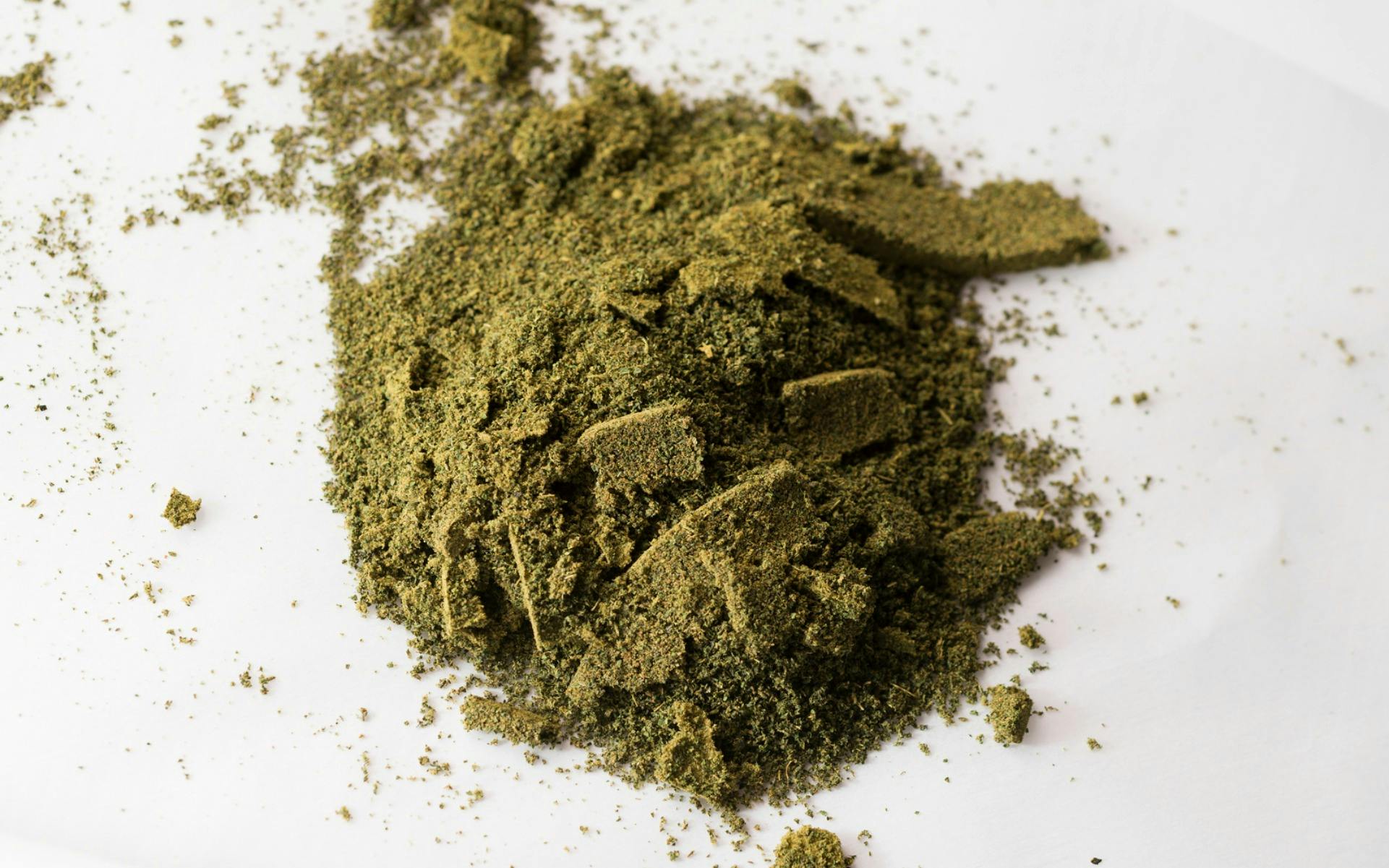Edibles have come a long way since your let’s-bake-a-tray-of-laced-brownies-between-college-classes days. Today, edibles is an umbrella term used to describe all sorts of foods and drinks that have been infused with cannabis.
Learn everything you need to know about edibles in Canada here.
Jump to a section:
- A global history of cannabis edibles
- Edibles and “Legalization 2.0” – Your questions, answered
- Dosing tips: How to safely enjoy edibles
- Storage: Keeping your edibles fresh and secure
- DIY Edibles: Infusion basics and recipes
Old is the new new
Commercially-prepared edibles are new to Canada, but humans have been eating cannabis since long before you first heard about pot brownies.
Edibles and “Legalization 2.0”: Your questions, answered
With Canada’s second wave of legalization on October 17, 2019, edibles are now fair game for consumers to buy and brands to sell, though there are strict rules around marketing and dosing, including a maximum of 10 mg of THC per packaged item.
Still, the world of legal edibles will be a far cry from those homemade culinary confections of yesterday.
Which edibles will be popular?
Nearly half of people who plan on using edibles say they will consuming an infused sweet at least once every three months, opting for gummy bears, chocolate, cookies or brownies, Deloitte Canada found.
When will edibles be available in stores?
Legalization 2.0 doesn’t mean your local retailers’s shelves will suddenly be stocked with new, tasty edible products.
Mid-December 2019 is the earliest that consumers can expect to buy legal edibles. Health Canada requires companies to give a 60-day notice of their intent to sell, so even the brands that had their gummy bears in a row on October 17 won’t be selling goods until at least December 17.
Shop highly rated dispensaries near you
Showing you dispensaries nearHow will edibles impact the Canadian market?
“The edibles market is estimated to be worth at least $1.6 billion a year in Canada, with cannabis-infused beverages adding a further $529 million,” says Jennifer Lee, cannabis national leader at Deloitte Canada.
Despite the delay, cannabis edibles are expected to seriously shake up the recreational consumables market, not only from a food perspective.
“The introduction of cannabis-infused edibles will clearly threaten the alcohol industry as consumers are using the product for similar usage occasions,” adds Lee.
What types of edibles will be available?
With the rise of edibles, it’s important to understand the difference between them and sublinguals. While both consumption methods go into the body through the mouth, sublinguals — think strips, oral sprays and tinctures — are metabolized by the body much faster. They’re absorbed immediately by the membrane under the tongue, whereas edibles have to make the trip down into the stomach and through the gastrointestinal tract before being broken down by enzymes. This not only impacts the amount of time it takes before you feel the effects, but also how intense it will be.
So, you’re keen to eat and drink yourself merry with Mary, here are a few ways to do it:
Cannabis-infused drinks
Imagine cracking a cannabis-infused beverage instead of a beer as a means to take the edge off after a long week? Soon, that’ll be a reality. Zenabis has big plans to disrupt the adult drinks market and is specifically eyeing the booze industry. In August, the company signed a deal with an “anonymous Canadian beverage technology company” and the plan is to produce a range of cannabis-infused drinks. The brand says you’ll feel the effects from a drink in less than five minutes.
Hexo also plans to release CBD-infused spring water and THC-infused drinks under its subsidiary brand Truss, Hill Street Beverages is working on cannabis-infused, alcohol-free wines, Tilray has partnered with Budweiser to deliver cannabinoid-infused drinks with less than 10-minutes onset time, and more infused beverage announcements are expected from a variety of producers as Legalization 2.0 hits full stride.
Cannabis-infused foods
While baked goods are the most popular vessels for edible cannabis, more traditional cooking, like adding cannabis-infused oil into pasta sauces, vegetable dishes or any recipe where you could substitute butter or oil, can accommodate THC or CBD if done properly. Prefer cookbooks to Leafly’s robust digital recipes archive? The 420 Gourmet and The Cannabis Kitchen Cookbook offer great starting points for at-home chefs.
If gastronomy isn’t your thing, you can hire out the work. Chef Travis Petersen of the The Nomad Cook travels across Canada catering intimate cannabis-infused dinner parties and large corporate events for clients of all kinds, while High Society Supper Club, offers similar services in the Greater Toronto Area.
Cannabis-infused candies
Chocolate bars and gummies are two of the more popular types of weed-infused edibles. They are discreet, and as with all edibles, don’t produce any smoke or smoky scent. In Canada, legal edibles musn’t be “appealing to young persons,” so expect the packaging on this new wave of products to look as sterile and child proof as current packaging for dried flower.
Dosing tips
It can take anywhere from 30 minutes to four hours for an edible to fully kick in. Health Canada suggests that adults who use cannabis, regardless of how they consume it, shouldn’t combine it with alcohol, nicotine or other drugs.
Plus, it should go without saying, but make sure you keep your edibles away from kids and pets. While the laws are designed in such a way that children aren’t supposed to mistake cannabis edibles for candy, some brands in the States have been pushing the boundaries. Stoney Patch Kids, for example, look nearly identical to Sour Patch Kids branding, and the company has found itself in hot water because of it. It’s still early days for legal edibles here in Canada, but the hope is that brands will follow and respect government regulations.
Safety and storage
Ingesting cannabis edibles can be psychologically scarring for a child, and potentially deadly for a pet. Keep your infused goodies well out of reach of little hands and paws, and make sure you know what you’re getting into before eating cannabis-infused foods yourself.
DIY Edibles: How to make base infusions
Cannabis-infused butter, oil, flour or honey is all you need to create your own edibles.
With files from Devon Scoble and Colleen Fisher Tully.
Watch Leafly TV
Click here to discover more videos on Leafly TV.

